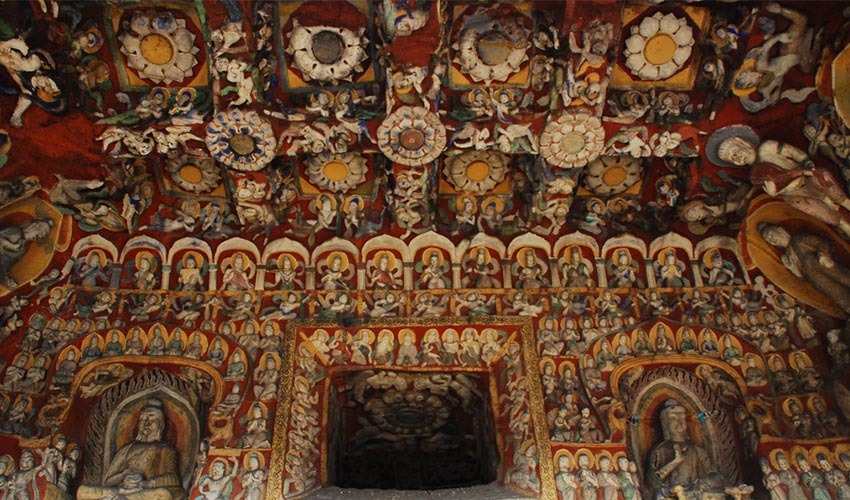Reproducing caves from China’s Yungang Grottoes with AM

3D printing technologies can bring art and cultural heritage closer to people. Through exact replicas, experiencing artwork, buildings and artefacts has become easier. These replicas can be modeled from 3D scanning data, and then produced using additive manufacturing technologies. People getting closer to these reproductions does not damage the real life objects, and their reconstruction can enhance research, documentation and preservation.
For the last five years, the Yungang Grottoes Research Institute in the city of Datong (in the Shanxi province of China) has been using 3D printing technology to replicate some of the famous caves from the 1,500-year-old Yungang Grottoes, a UNESCO World Heritage Site. Recently, the institute announced that it had successfully made a full-size replica of one of the caves in the Yungang Grottoes. This replica is expected to debut soon in one of the museums of the Zhejiang province. According to the official state-run Chinese press agency, Xinhua News, the replicated grotto is based on the original Cave Number 12 (known as the Cave of Music).

The sandstone of the cave is bathed in hues of red and yellow that make each piece of carving stand out from the rest.
The Chinese press agency explains that reconstructing Cave Number 12 involved more than 1,300 3D printed modules. The replica stands at nine meters tall, 12 meters wide and 14 meters long. The original Cave of Music’s intricate designs displays row upon row of carved musical instruments, statues, and references to the Buddhist faith. The sandstone of the cave is bathed in hues of red and yellow that make each piece of carving stand out from the rest. No wonder this project took some time to flourish. In fact, the Yungang Grottoes Research Institute took 3 years to complete the replica. Steps involved data collection and processing, 3D printing of the modules and post-processing steps such as colouring.
3D printing, a way to eternally preserve our heritage?
In recent years, China has been promoting digital technologies, from laser scanning to 3D modeling and photogrammetry in order to conserve cultural heritage sites, especially ancient architectures such as the ones in the Yungang Grottoes. In fact, researchers started exploring the digitalization of the Yungang Grottoes in 2003, trying to permanently preserve its valuable cultural relics. In 2017, thanks to 3D printing technology, they were able to make a reproduction of Yungang Grottoes Cave Number 3, which was displayed in the eastern coastal city of Qingdao.

The Yungang Grottoes
3D printing technologies offer very valuable benefits to this field of work. If cultural heritage is damaged due to natural disasters or human factors, it will be possible to carry out repairs with high precision. On top of preservation, gathering this much data also opens up many research avenues, and it is a unique opportunity to learn more and study in great depth heritage sites. China will not be the first, nor the last country to use digital technologies to promote its culture and past. You can learn more HERE.
What do you think of experiencing artwork and cultural heritage with additive manufacturing? Let us know in a comment below or on our Facebook and Twitter pages! And remember to sign up for our free weekly Newsletter!







